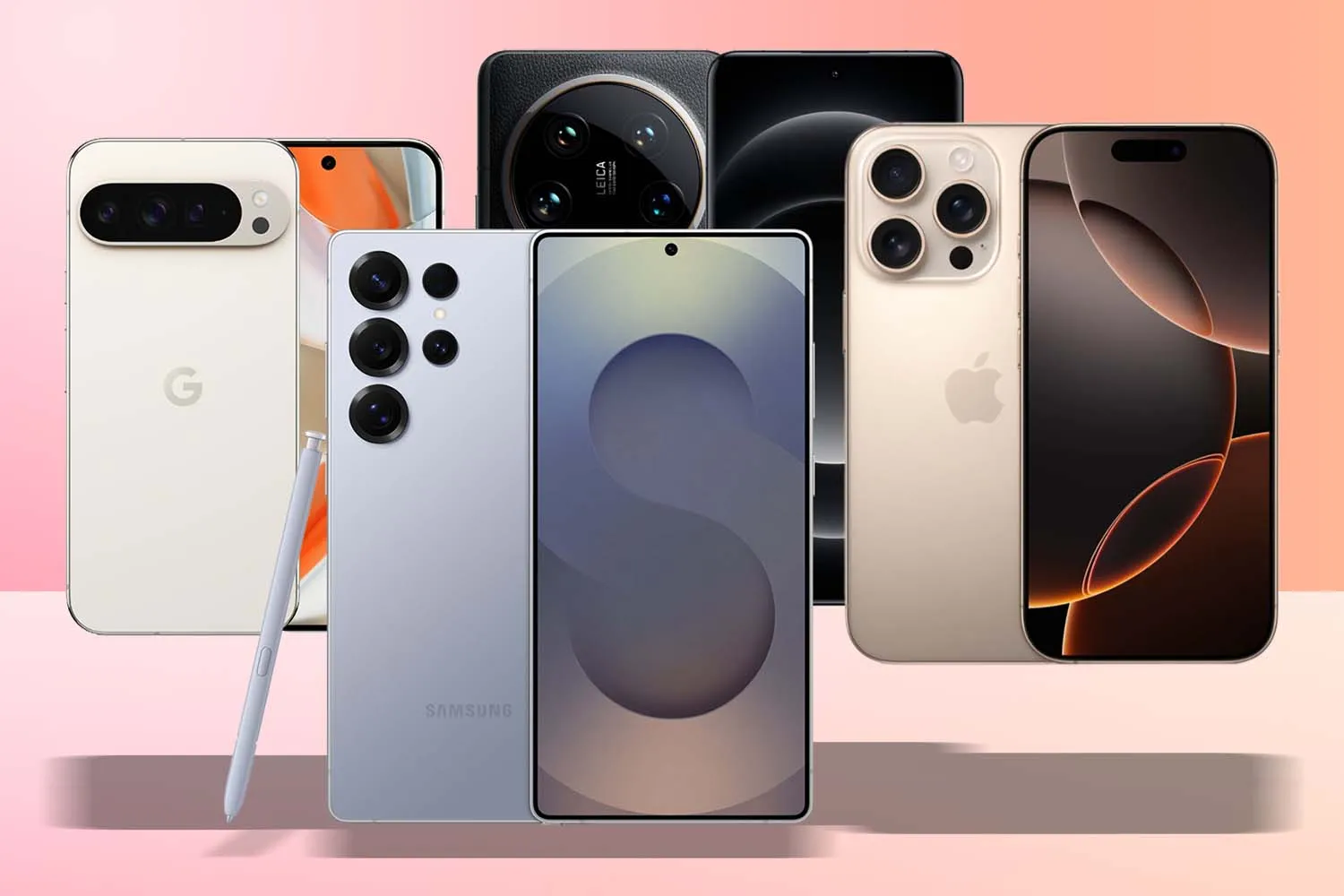Upgrading your smartphone is always exciting. Whether you’re moving from an older model to the latest flagship device or simply changing brands, the process of switching phones can feel like a fresh start. However, amid the excitement, there’s one critical concern: data transfer. Photos, videos, messages, contacts, apps, and even your settings – losing them in the transition can be frustrating.
The good news is that there are now numerous ways to safely transfer your data. With the right tools and steps, you can ensure a smooth switch without losing anything important. In this comprehensive guide, we’ll walk you through how to switch phones without losing data, and why using phone diagnostic software can play an important role in the process.
Why Data Transfer Matters During Phone Switching
Your smartphone is more than just a communication device – it’s your digital life. From cherished memories captured in photos to critical work-related documents, the contents of your phone are valuable. That’s why ensuring a proper data transfer should be your top priority when switching phones.
Failing to do so can result in:
- Lost contacts and messages
- Missing media files
- Broken app setups and settings
- Incomplete backups
- Accessibility issues due to missing accounts or authentication apps
Let’s break down the correct way to avoid all of this.
Step-by-Step Guide to Switching Phones Without Losing Data
1. Back Up Your Current Phone
Before touching your new device, start by backing up the old one. This step is crucial and should never be skipped.
- Android Users: Use Google Drive or the built-in backup feature in Settings > Google > Backup. Make sure “Back up to Google Drive” is toggled on.
- iPhone Users: Use iCloud by going to Settings > [Your Name] > iCloud > iCloud Backup > Back Up Now. Alternatively, you can back up via iTunes or Finder on your computer.
Backing up ensures that all your essentials – contacts, app data, photos, call logs, and system settings – are stored in the cloud or locally for later restoration.
2. Use Phone Transfer Tools
Most smartphone brands now provide seamless transfer tools that help move your data from the old phone to the new one.
- Apple’s Quick Start: Automatically sets up your new iPhone using your current one. Just hold them close and follow on-screen instructions.
- Samsung Smart Switch: Transfers data from any phone to a Samsung device via Wi-Fi or cable.
- Google Data Transfer Tool: Available during Android setup. Connect both phones with a cable and follow prompts.
- Third-party apps: Tools like MobileTrans, AnyTrans, or SHAREit can also facilitate smooth data transfers across platforms.
These tools make switching phones more intuitive than ever.
3. Verify the Backup Integrity with Phone Diagnostic Software
Now comes a less obvious, yet very important step: using phone diagnostic software.
These tools help verify whether your backup includes all the necessary data and checks if there are any issues with your old phone’s hardware or software that could disrupt the transfer.
What is Phone Diagnostic Software?
Phone diagnostic software is a tool that scans your phone’s internal systems to detect performance issues, battery health, hardware failures, and software inconsistencies. Many modern versions also support data backup checks.
Some popular phone diagnostic tools include:
- Phone Clinix (iOS)
- Dr.Fone – Phone Manager
- Phone Check and Test (Android)
- TestM
- Apple Support’s Diagnostic Tools (via Apple Store or online chat)
Why Use It Before Switching Phones?
- Ensures your old phone isn’t corrupting the backup with hidden issues.
- Confirms battery health, storage capacity, and performance.
- Identifies apps or files that might not be compatible with the new phone.
- Detects viruses or malware that could be unknowingly transferred.
- Offers a full health report before handing over or trading in your old phone.
Using phone diagnostic software gives peace of mind and a layer of protection against future headaches.
4. Transfer SIM and Memory Cards (If Applicable)
Some users forget about the SIM card or SD card. Depending on your carrier and device, your SIM may hold critical contacts or carrier settings. Make sure:
- You’ve safely ejected the SIM and SD card.
- Insert them into the new device (unless your new phone uses eSIM).
- Confirm that mobile networks and data are working properly.
If your SD card contains photos, videos, or documents, ensure they’re not overlooked in the transfer process.
5. Sign In and Sync Cloud Services
After turning on your new phone:
- Sign in to your Google or Apple account.
- Allow sync with services like iCloud, Google Drive, Google Photos, and OneDrive.
- Restore apps, settings, and media from your cloud backup.
This step often restores data that’s not transferred via cables, such as app data, call history, and Wi-Fi passwords.
6. Reinstall Critical Apps and Authentication Tools
Some apps, especially those related to banking or 2FA (Two-Factor Authentication), may require manual setup or re-verification.
- Reinstall Google Authenticator, Microsoft Authenticator, or Authy.
- Log back into your bank and payment apps.
- Re-authorize apps that use Face ID, fingerprint, or device-based verification.
7. Test Everything on the New Phone
Once the transfer is complete, test key functionalities:
- Make calls and send texts.
- Browse the internet and test app performance.
- Open photos, videos, and documents.
- Use diagnostic tools again on the new phone to verify everything runs smoothly.
Again, a quick run of phone diagnostic software on the new device can help validate its performance and ensure no critical issues exist out of the box.
8. Factory Reset Your Old Phone (After Verifying Success)
After you’re confident that the new device has everything, it’s time to wipe the old one.
- On Android: Settings > System > Reset > Factory Data Reset.
- On iPhone: Settings > General > Transfer or Reset iPhone > Erase All Content and Settings.
This step is crucial if you plan to sell, donate, or recycle your old device.
Conclusion
Switching phones doesn’t have to be stressful or risky. With proper planning, backup, and the help of reliable tools like phone diagnostic software, you can transition smoothly without losing any of your valuable data.
Always remember to:
- Back up your old device thoroughly.
- Use brand-recommended or secure third-party transfer tools.
- Run diagnostics before and after switching.
- Double-check important apps and data.
- Erase your old phone only when you’re 100% sure the transfer was successful.
This approach not only preserves your digital life but also sets the stage for a fresh and secure start on your new smartphone.
So the next time you’re switching phones, don’t just wing it—follow this guide, and you’ll never worry about lost data again.



